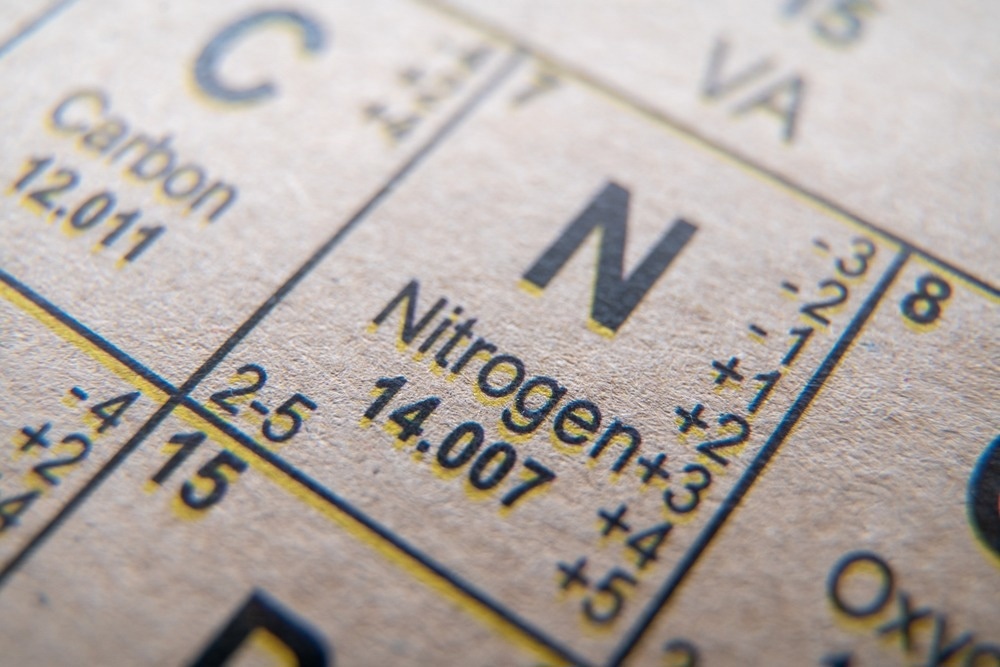A process to present phosphorus and nitrogen atoms into polycyclic molecules was developed by Jan J. Weigand, Professor, Phosphorus Chemist, Dresden University of Technology, in partnership with a multitalented group.

Image Credit: Erman Gunes
This process holds the potential to pave the way for the growth of novel materials with certain optoelectronic properties used in organic semiconductor technologies like OLEDs and sensors. The study was published in Chem.
PAHs, short for polyaromatic hydrocarbons, hold a pivotal position in various (opto-) electronic applications, spanning chemical sensors, organic light-emitting diodes (OLEDs), organic field-effect transistors (OFETs), and organic solar cells.
Scientists are persistently analyzing the replacement of different elements beyond traditional carbon to enhance device performance and versatility. Though substitution with boron (B), nitrogen (N), oxygen (O), and sulfur (S) has been extensively researched, integrating phosphorus (P) in conjunction with nitrogen (N) still poses a considerable challenge.
Professor Weigand and his research team at TUD Dresden University of Technology have recently marked a substantial breakthrough.
“In our current research, we have developed an innovative method to selectively introduce phosphorus and nitrogen atoms into polyaromatic systems. This method allowed the synthesis of a wide range of P/N-substituted compounds, whose physicochemical properties were thoroughly investigated in collaboration with physicists from TUD. Through the combination of material simulations and spectroscopic measurements, we were able to gain fundamental insights into the structure-property relationships of the obtained compounds.”
The novel process enables contact with the well-known class of azaphospholes, which were earlier available in a burdensome manner and mostly in low yields. Thus, it is not considered for (opto-)electronic applications until now.
By deliberately combining phosphorus and nitrogen, we hope to be able to control the electronic and optical properties of these compounds in a way that was not possible before. This opens up exciting prospects for future applications in optoelectronics and beyond.
Sebastian Reineke, Head, Light-Emitting and eXcitonic Organic Semiconductors Group, Dresden University of Technology
Journal Reference
Fidelius, J., et al. (2023). Convenient access to π-conjugated 1,3-azaphospholes from alkynes via [3 + 2]-cycloaddition and reductive aromatization. Chem. doi.org/10.1016/j.chempr.2023.10.016
Source: https://tu-dresden.de/?set_language=en